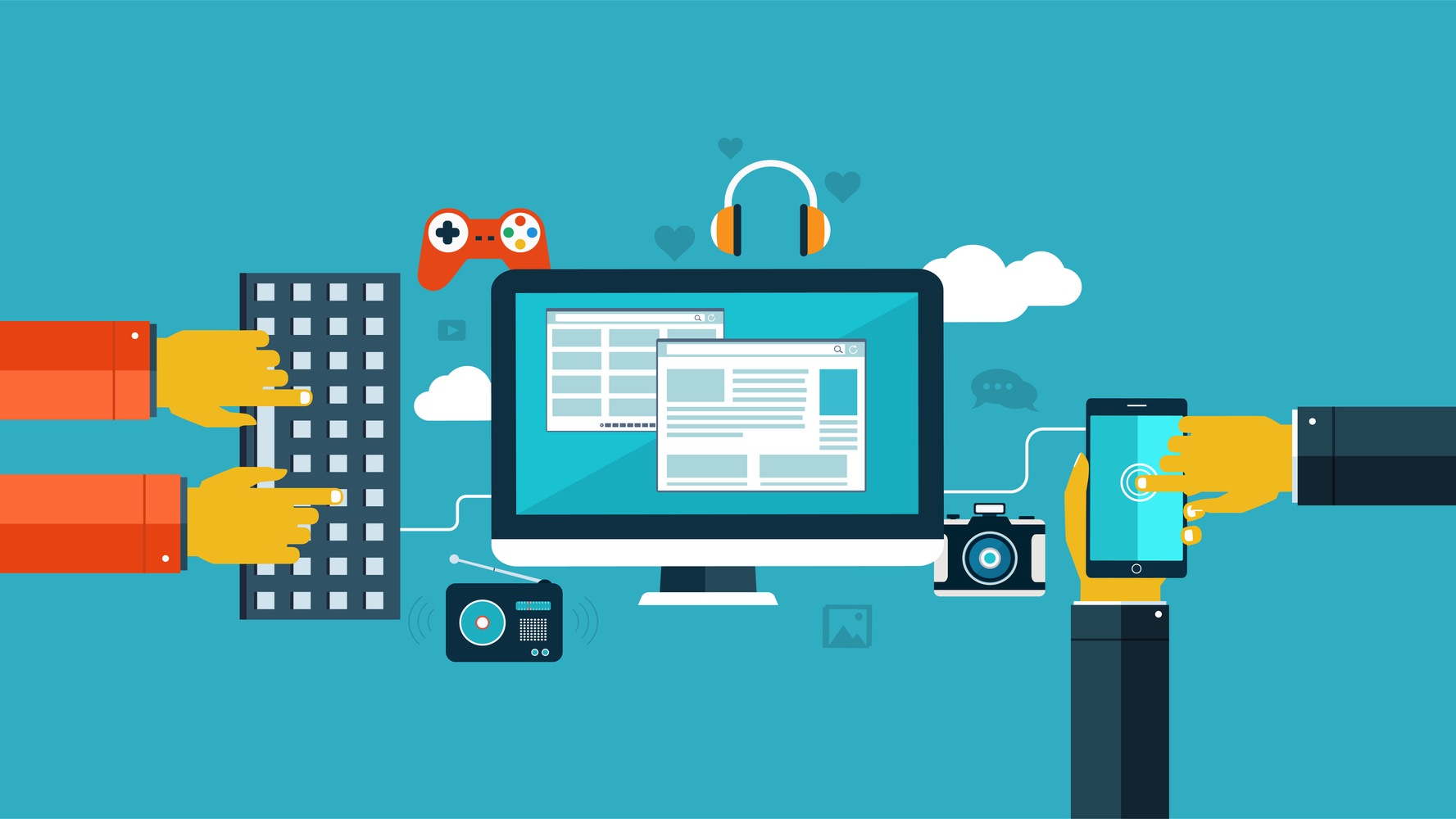
Make it look and feel good
Don’t forget the user’s motivation!
When designing the game mechanics, it is important to remember to consider the target audience and what ambitions motivate them. This means understanding both their intrinsic (personally rewarding) and extrinsic (external reward) motivations. According to Pihl, “the problem is that the proponents of gamification don’t actually understand the substance of games. In their enthusiastic fervor they have mistaken some of the least important parts of games – things like leaderboards, points and badges – as the essence of games.” (Pihl, 2012)
Sources:
O’Connell, A.J. (2015) ‘All Work and Some Play: A Guide to Gamification In Workplace Training’, SkilledUp.com (19 March 2015) available: http://www.skilledup.com/insights/work-play-guide-gamification-workplace-training (Accessed 28 Dec 2015)
Photo copyright: Shutterstock.com